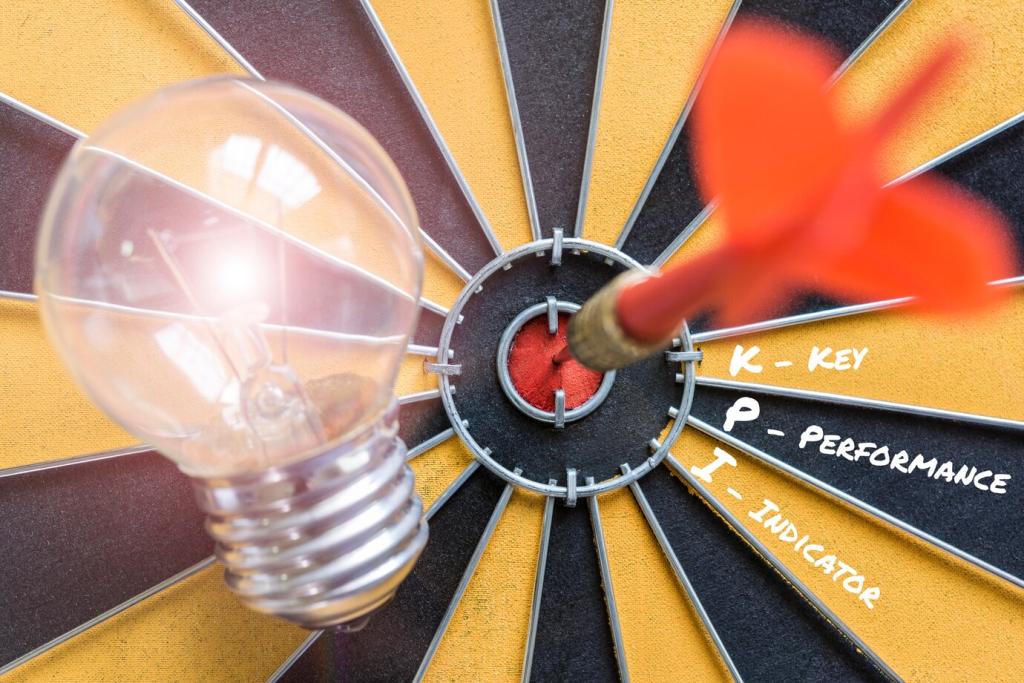Ergonomic Home Workspace Design: Work Better, Hurt Less
Chosen theme: Ergonomic Home Workspace Design. Welcome to a friendlier way to work—where comfort fuels creativity, posture becomes second nature, and your home office supports the way you think, move, and thrive. Subscribe for weekly inspiration and share your setup ideas with our community!
Start with the Human: Core Ergonomic Principles
Neutral Spine, Relaxed Shoulders
Aim for a posture where your ears align with your shoulders and your lower back is gently supported. Elbows should rest near 90–110 degrees, wrists straight, and feet grounded. Check your posture now and tell us one small adjustment you’ll commit to this week.
Fit the Workspace to You
Adjust your chair height so thighs are parallel to the floor, raise or lower the desk to keep forearms level, and set the monitor to eye level. Anthropometric fit matters. Want a simple checklist? Subscribe, and we’ll send a step‑by‑step guide you can apply in minutes.
Zones of Reach and Minimal Twisting
Keep daily‑use tools in your primary reach zone—close, centered, and easy to grab—so shoulders stay relaxed. Place occasional items in secondary zones, and store rarely used gear farther away. A writer reduced shoulder strain overnight simply by moving her mouse inward. What will you reposition today?
Seating That Supports, Not Sabotages

Seat Height and Depth
Set seat height so your feet rest flat and knees bend around ninety degrees. Test seat depth by sliding two fingers behind your knees while seated—too tight, and your legs compress; too loose, and your back loses support. Share your chair model and what settings finally clicked.

Lumbar Support That Actually Works
Your lower back loves a gentle curve. Use built‑in lumbar support or a small cushion positioned at your beltline to maintain the natural lordotic curve. One designer cured her afternoon slump by raising lumbar support a single notch. Try it, then tell us how your energy changes by day’s end.

Armrests, or Not?
Armrests should meet your elbows, not lift your shoulders. If they force your arms wide or press upward, lower or remove them. Some people thrive without armrests, especially in compact spaces. Experiment for a week and report your shoulder comfort on a one‑to‑ten scale in the comments.
Desk, Monitor, and Keyboard Geometry
Monitor Height and Distance
Place the top of your screen near eye level and keep the display an arm’s length away, adjusting for your vision. Tilt slightly back to reduce glare. If you use bifocals, lower the monitor a bit. After adjusting, track your neck tension for three days and share your observations.


Keyboard and Mouse Alignment
Center the keyboard with your body, keep the B key aligned to your nose, and place the mouse close and level to avoid reaching. A slim wrist rest can help maintain neutral alignment. Try this layout for a week and tell us whether your wrists feel lighter by Friday.
Light, Air, and Sound: The Sensory Ergonomics
Task Lighting without Glare
Use a movable desk lamp to light your work surface from the side opposite your writing hand, reducing shadows. Position monitors perpendicular to windows to limit reflections. Warm light for evenings, cooler light for mornings. Try a glare test now and share your best lamp angle in the thread.
Air Quality and Temperature Comfort
A slightly cooler room supports alertness, while stale air invites fatigue. Open a window, add a plant like a peace lily, or use a small purifier. Notice how your afternoon focus changes. If you’ve found a perfect temperature sweet spot, drop the number and city climate below.
Soundscapes That Help You Focus
Some thrive with soft ambient music; others prefer noise‑canceling headphones or nature sounds. The key is consistency and low distraction. Experiment with a sound routine tied to your deepest work block, then tell us which playlist helped you glide through complex tasks today.
Move More: Microbreaks and Sustainable Routines
The 20‑8‑2 Habit for Sedentary Blocks
For every half hour, aim to sit twenty minutes, stand eight, and move two. Set a subtle timer or pair movement with recurring calls. This simple rhythm keeps blood flowing and joints happy. Try it today and report your energy level at lunch versus your usual routine.

Personality and Biophilia: Make Ergonomics Yours
Add a small fern or pothos, a soft wool throw, and a matte desk surface to calm glare. Arrange your desk near indirect daylight to keep eyes relaxed. Snap a photo of your favorite green corner and tell us how it changes your mornings after a week.

